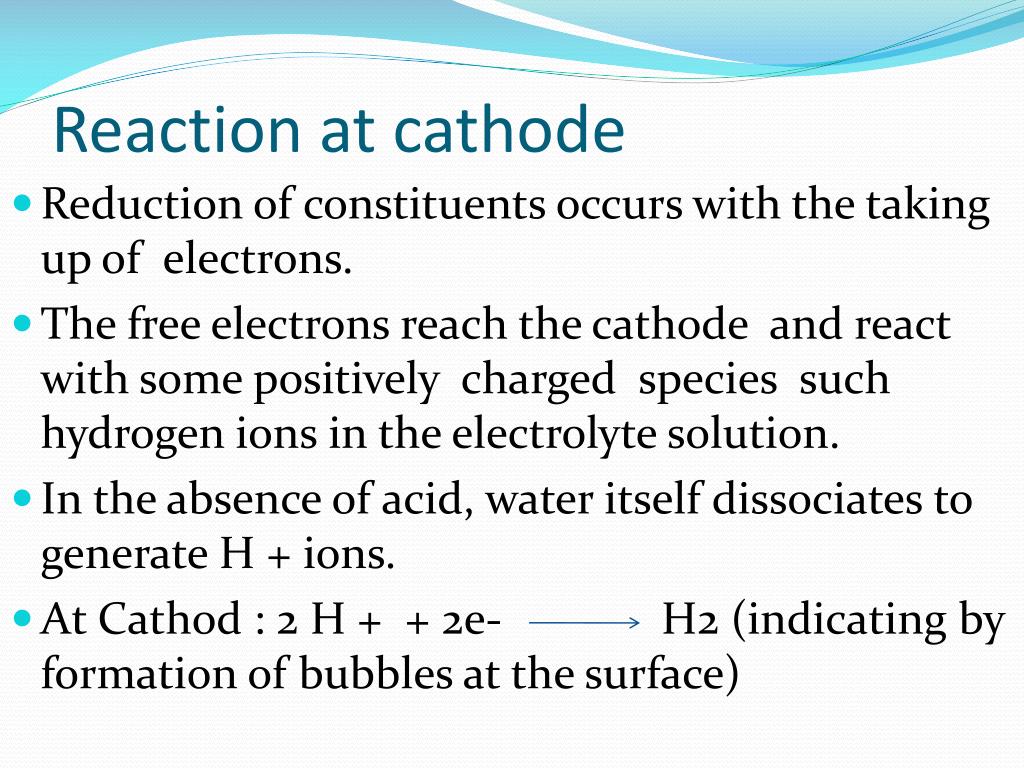
Hydrogen appears at the cathode (where electrons enter the water), and oxygen at the anode. Principles Ī DC electrical power source is connected to two electrodes, or two plates (typically made from an inert metal such as platinum or iridium) that are placed in the water. A method of industrial synthesis of hydrogen and oxygen through electrolysis was developed by Dmitry Lachinov in 1888. Zénobe Gramme invented the Gramme machine in 1869, making electrolysis a cheap method for hydrogen production. He used a high voltage battery and non-reactive electrodes and vessels such as gold electrode cones that doubled as vessels bridged by damp asbestos. In 1806 Humphry Davy reported the results of extensive distilled water electrolysis experiments, concluding that nitric acid was produced at the anode from dissolved atmospheric nitrogen.

In 1800 Alessandro Volta invented the voltaic pile, while a few weeks later English scientists William Nicholson and Anthony Carlisle used it to electrolyse water. In 1789, Jan Rudolph Deiman and Adriaan Paets van Troostwijk used an electrostatic machine to make electricity that was discharged on gold electrodes in a Leyden jar. History Device invented by Johann Wilhelm Ritter to develop the electrolysis of water Electrolysis is rare in industrial applications since hydrogen can be produced less expensively from fossil fuels. Water electrolysis requires a minimum potential difference of 1.23 volts, although at that voltage external heat is also required. Separately pressurised into convenient 'tanks' or 'gas bottles', hydrogen can be used for oxyhydrogen welding and other applications, as the hydrogen / oxygen flame can reach circa 2,800☌. Hydrogen gas released in this way can be used as hydrogen fuel, but must be kept apart from the oxygen as the mixture would be extremely explosive.

Simple setup for demonstration of electrolysis of water at home An AA battery in a glass of tap water with salt showing hydrogen produced at the negative terminalĮlectrolysis of water is using electricity to split water into oxygen ( OĢ) gas by electrolysis.



 0 kommentar(er)
0 kommentar(er)
